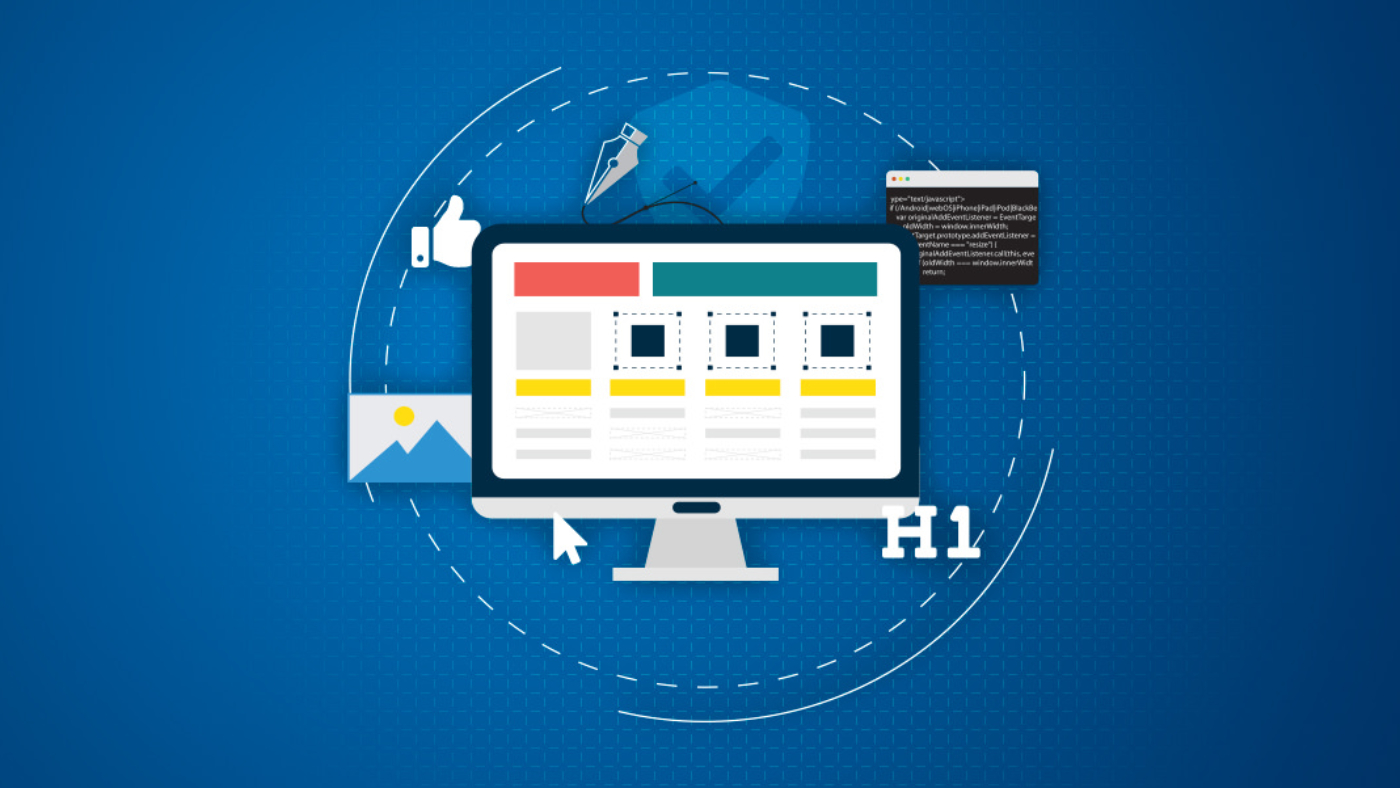Anyone who has been on a job interview or date knows that first impressions can make or break a relationship. A similar phenomenon occurs in the business world, where a customer’s first impression often dominates their thinking towards your business going forward.
Customers form an opinion about your site in 50 milliseconds, twice as fast as the blink of an eye. For better or worse, these initial opinions are hard to change, especially if those opinions are negative.
This leaves you little time to make a first impression, meaning visual elements of your site need to feel clean, clear, and balanced to make visitors want to stay and place trust in your business.
The way a website looks and operates greatly impacts the amount of confidence users place in your business. A study from Stanford found that 75% of customers base credibility judgments on web design, proving that how your site looks is just as important as what you offer. Just as customers would expect a brick and mortar store to look professional and legitimate, so must your site if visitors are expected to trust you.
What is Good Design?
The term web design constitutes a wide range of factors, from fonts and colors to page organization and overall user experience. While there’s no one right way to design a website, there are common elements that make up an “attractive” site.
A study by Stanford’s Persuasion Technology Lab found that 46% of people ranked a site’s design as a top factor in determining credibility and cited four elements common to what users thought of as attractive sites:
- Layout – The arrangement of visual elements on a page. Attractive websites feature an uncluttered layout that is easy to navigate and focused on the appropriate page elements.
- Typography – The use of type in a design, including font, size, color, layout, alignment, and other factors. Typography should be big and clear enough to be legible to all users and should never be obscured by the site’s background color.
- Images – Any photos or videos featured on a site. Images should be used purposefully so they don’t clutter a site or add unneeded page weight, which can cause slower loading times. Images and video should also be high-resolution and optimized for both desktop and mobile viewing.
The study also compiled a list of factors that specifically decreased a site’s credibility, including:
- Autoplay animation and video
- Blinking banners
- Clashing or overly bright colors
- Unnecessary pop-ups
Additionally, details such as grammar, spelling, broken links and grainy images can have an outsize impact on how visitors judge the credibility of your site. An analysis of 5,000 website visits by Website Planet found that pages with sloppy grammar and spelling had an 85% higher bounce rate than those properly written and edited. It’s clear that it’s worth sweating the small stuff.
In addition to providing a first impression for your users, web design serves a number of additional benefits for your business. Here are just a few ways design can help give you boost in user engagement, and ultimately, revenue.
Designing for brand image and consistency
Whether it’s the Nike swoosh or red Coca Cola cans, the most successful businesses use consistent branding and design to develop their brand identity. This helps invoke emotional connections with customers and attracts the kind of brand loyalty that can last for lifetimes. The power of a strong brand has been shown to boost revenues up to 23%, while a Yotpo survey found that over a third of shoppers would spend more on products if they’re loyal to the brand.
Fortunately, you don’t need the budget of a multinational corporation to create your own consistent brand image. When building your site, you and your team will need to make specific decisions about the style and tone of your site, including the typography and images used on your site. Let your specific niche and your customer’s needs drive the design decisions, with the goal of helping your visitors easily understand what your business offers.
Creating a style guide is one of the most effective ways to develop and organize your brand style and assets. A style guide can include the particular fonts, logos, icons, and other visual elements used for your site, along with any additional style or messaging notes relevant to your business. As your website evolves, as it inevitably will, you can update the style guide as necessary. Check out this list of exceptional style guides from Hubspot to find some inspiration on how you can create a consistent brand image for your business.
Designing for user experience
Design doesn’t just concern the form, but also the function of a site. To a user, how your site feels is just as important as how it looks, so the user experience should be designed with their needs in mind.
According to a study by Gomez, 88% of users were less likely to return to a site after having a bad experience. Take this as a warning: You have one chance to provide a good experience for your user or you may not see them again.
A good user experience makes it easy for visitors to find what they’re looking for. KO Marketing found that 86% of visitors wanted information about services, while 65% wanted contact details, and 52% searched for an About page. When designing for user experience, you can anticipate these needs by making this information easy to find.
Creating a site map is a great way to design your user experience in a way that accomplishes your user’s end goal. A site map allows you to organize how your web pages interact with each other and plan your user paths, while also giving you a chance to find broken links or 301 redirects and address them as needed.
Designing for SEO
Along with providing existing users with a satisfying user experience, design also helps new users find you in the first place. Sites using best design practices can get a boost in search rankings, as Google has increasingly put focus on design as a major factor in their search algorithms.
Google’s search engine algorithms consider a number of different factors, including page speed, design elements, and accessibility, which all concern design in one way or another. For example, Google cites the following design elements in their top 10 ranking factors:
- Mobile-Friendly Websites
- Webpage Content Length
- Optimized Images
- Page Speed
- User Experience (UX)
Implementing best design practices aligns you with the types of sites Google wants to put in front of their users. Additionally, Google is slated this year to release their Google Page Experience algorithm update, which is expected to place even higher importance on web design. So if you want to get a leg up in the web search game, it’s in your best interest to focus on the design experience.
Designing for trust
From layout to fonts, the common goal behind good design is the ability to gain trust with your users. Customers interact with brands they trust, brands that design websites with their customer’s needs in mind. A disorganized site signals a disorganized business, not the most trustworthy message to communicate upon the first impression.
A study from the United Kingdom’s Northumbria University illustrated the connection between trust and design, finding that design-related factors made up 94% of all reasons why users rejected or mistrusted online health sites. Meanwhile, only 6% were content related, showing that users care just as much about how information is presented than the actual information being presented.
The design problems cited in the study included:
- Busy layout
- Pop-up advertisements
- Boring web design
- Slow-loading introductions
- Small font
- Too much text
The study makes clear that if you want to attract the kind of trust enjoyed by our most beloved brands, you need to design with users in mind. By paying more attention to how you present your business, you can more easily find users who trust you to engage with your business. You just have to design it.





